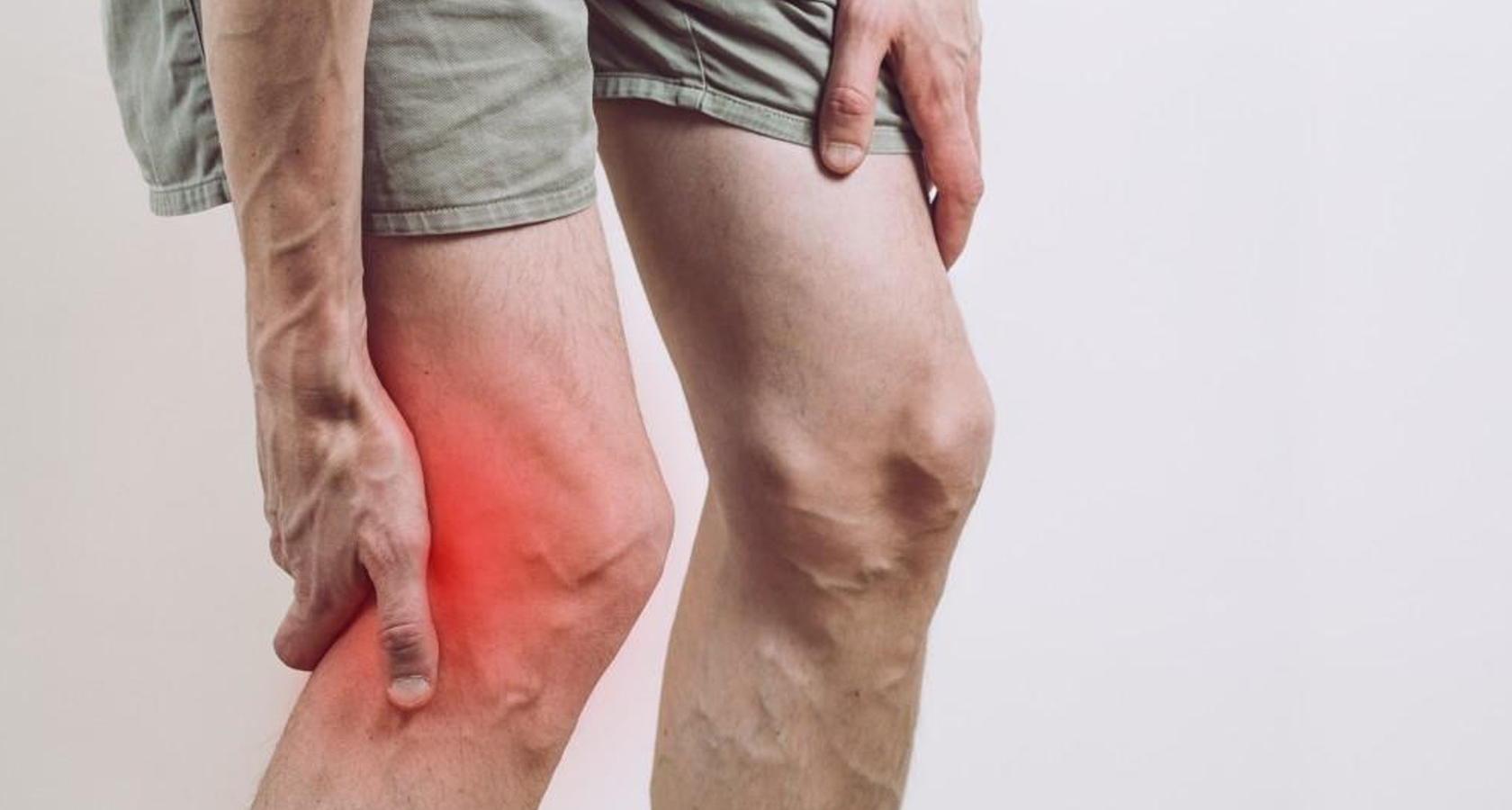About Meniscus Treatment
"The meniscus is a C-shaped piece of cartilage in the knee that acts as a cushion between the femur (thigh bone) and tibia (shin bone), absorbing shock and stabilizing the joint. Meniscus tears are common injuries, often caused by twisting motions, sports activities, or gradual wear with age. Depending on the tear’s size, location, and severity, treatment can range from non-surgical care to surgical intervention. As an orthopedic surgeon, I aim to relieve pain, restore knee function, and help you return to your normal activities.
Non-Surgical Treatment
Small or stable tears, especially in the outer ‘red zone’ with better blood supply, may heal
without surgery. Initial treatment often includes:
Rest and Ice: Reducing activity and applying ice to manage
swelling and pain.
Physical Therapy: Exercises to strengthen surrounding
muscles and improve knee stability.
Medications: Anti-inflammatory drugs (e.g., ibuprofen) to
reduce discomfort and inflammation.
Injections: Corticosteroids or hyaluronic acid to alleviate
symptoms in some cases.
The Procedure (Meniscus Surgery)
For larger, unstable, or symptomatic tears—especially in the inner ‘white zone’ with poor healing potential—surgery may be recommended. I typically use arthroscopy, a minimally invasive technique. Two main procedures are:
1. Meniscectomy (Partial Removal):
Purpose: Removes the damaged portion of the meniscus if it
can’t be
repaired.
Process: Small incisions are made, and an arthroscope (tiny
camera) guides the removal of torn tissue with specialized tools, preserving as much healthy
meniscus as possible.
Duration About 30-60 minutes under general or regional
anesthesia.
2. Meniscus Repair:
Purpose: Stitch the torn meniscus back together, ideal for
tears in the outer zone with good blood flow.
Process: The tear is sutured using arthroscopic tools,
sometimes with anchors or devices to hold it in place during healing.
Duration 1-2 hours, depending on complexity, under general
or regional anesthesia.
Recovery Timeline
Recovery depends on whether a meniscectomy or repair is performed:
Meniscectomy (Partial Removal):
Days 1-7: Rest with limited weight-bearing, using crutches
if needed. Swelling and pain decrease with ice and medication.
Weeks 2-4: Gradual return to walking and light activities.
Physical therapy begins to restore motion and strength.
Months 1-3: Most patients resume normal activities,
including sports, within 4-6 weeks, though high-impact activities may take up to 3 months.
Meniscus Repair:
Weeks 1-6: The knee is protected with a brace or crutches to
avoid stressing the repair. Limited weight-bearing is key to healing. Passive motion exercises
start early.
Weeks 6-12: Gradual weight-bearing and active strengthening
begin as the meniscus heals. A brace may still be used.
Months 3-6: Full recovery, including a return to sports,
typically takes 4-6 months, depending on the tear’s size and your rehabilitation progress.
2. Arthroscopic Access: Small incisions (about 1 cm each) are made around the shoulder, and a tiny camera (arthroscope) is inserted to guide the surgery.
Long-Term Outlook
A meniscectomy offers faster recovery but removes cushioning, potentially increasing arthritis risk over time. A meniscus repair preserves the cartilage for better long-term knee health, though it requires more patience during healing. My approach focuses on precise diagnosis—often with MRI—and personalized treatment to optimize your outcome. If knee pain, locking, or swelling is affecting you, let’s assess your meniscus and find the right solution together."
